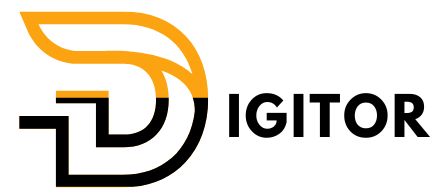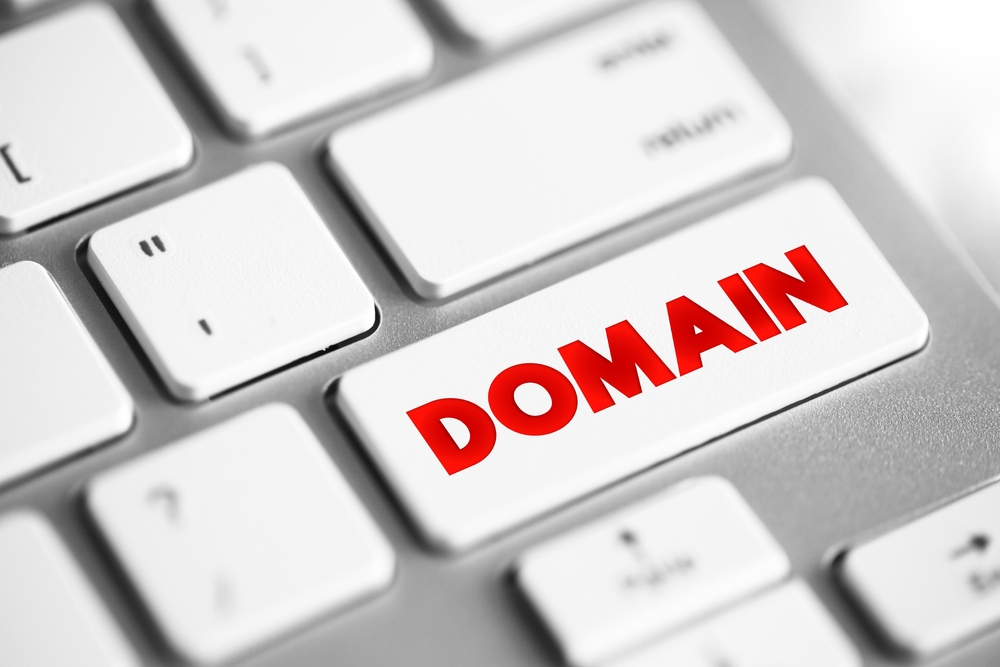Cloudflare Domain Configuration: A Step-by-Step Guide
Setting up Cloudflare domain configuration is a smart move if you’re looking to boost your website’s speed, strengthen security, and gain control over DNS settings. Cloudflare acts as a reverse proxy and content delivery network (CDN), optimizing your site while protecting it from threats.
In this comprehensive guide, you’ll learn how to configure your domain with Cloudflare, step by step.
Why Use Cloudflare for Your Domain?
Before diving into the configuration, let’s look at why Cloudflare is a preferred choice for domain management:
-
Improved website speed through caching and CDN
-
DDoS protection and threat mitigation
-
Easy DNS management via an intuitive dashboard
-
Free SSL certificates for encrypted traffic
-
Detailed analytics for performance and security
You can get started even on the free plan, which includes powerful tools suitable for most websites.
Steps for Cloudflare Domain Configuration
Step 1 – Sign Up on Cloudflare
Visit Cloudflare and sign up for a free account. After registration:
-
Click “Add a Site”
-
Enter your domain (e.g., yourdomain.com)
Cloudflare will automatically scan your existing DNS records.
Step 2 – Choose a Cloudflare Plan
You’ll be prompted to choose a plan. If you’re just starting out, the Free Plan is sufficient, offering robust performance and security features.
Higher-tier plans provide additional tools like Argo Smart Routing, image optimization, and advanced analytics.
Step 3 – Review and Confirm DNS Records
After the scan, Cloudflare will show your current DNS records (A, CNAME, MX, etc.). Here’s what to do:
-
Verify DNS records match your web host’s records
-
Edit or add any missing entries (e.g., subdomains or email-related records)
Orange cloud = traffic proxied through Cloudflare
Grey cloud = traffic bypasses Cloudflare
Step 4 – Update Nameservers at Your Registrar
To complete Cloudflare domain configuration, you must update nameservers:
-
Cloudflare gives you two nameservers (e.g.,
bob.ns.cloudflare.com,sue.ns.cloudflare.com) -
Log in to your domain registrar (e.g., Namecheap, GoDaddy)
-
Replace your current nameservers with the ones from Cloudflare
-
Save the changes
Note: DNS propagation can take up to 24 hours, but often completes much faster.
Step 5 – Secure Your Domain with SSL/TLS
Navigate to the SSL/TLS tab in your Cloudflare dashboard.
Choose one of the following modes:
-
Flexible: Encrypts from browser to Cloudflare only
-
Full: Encrypts end-to-end, but allows self-signed certificates
-
Full (Strict): Most secure; requires a valid certificate on your server
For beginners, Flexible is the easiest to implement. You can upgrade once you install an SSL on your origin server.

Optimizing Your Cloudflare Domain Settings
Enable Speed Features
To get the most out of Cloudflare:
-
Go to the Speed tab
-
Enable Auto Minify for HTML, CSS, and JavaScript
-
Enable Brotli Compression for faster content delivery
-
Optionally activate Rocket Loader to optimize JavaScript loading
Set Up Page Rules
Page Rules allow you to fine-tune how Cloudflare handles specific pages.
For example:
-
Always use HTTPS:
yourdomain.com/*→ Forward to HTTPS -
Cache Everything: For static content pages
-
Disable Security: For backend or admin pages (if needed)
Monitoring Your Domain
Cloudflare provides detailed analytics on:
-
Number of requests served
-
Bandwidth saved via caching
-
Threats blocked
-
Page load time improvements
Check the Analytics tab regularly to measure the effectiveness of your Cloudflare setup.
Troubleshooting Common Issues
Some users may face temporary issues during setup:
-
DNS not propagating? Wait for up to 24 hours
-
Website showing SSL error? Check if SSL/TLS mode is compatible with your origin server
-
Email not working? Ensure MX records are unproxied (grey cloud)
Still need help? Contact Digitor for expert configuration support.
Helpful Resources
For more detailed insights on DNS and CDN setup:
Conclusion
Cloudflare domain configuration is essential for anyone who wants to enhance their website’s speed, uptime, and security. Whether you run a personal blog, business site, or e-commerce platform, Cloudflare’s free tools make it easy to manage your domain effectively.
Take the time to follow this step-by-step guide, and your domain will be secured, accelerated, and optimized in no time.







